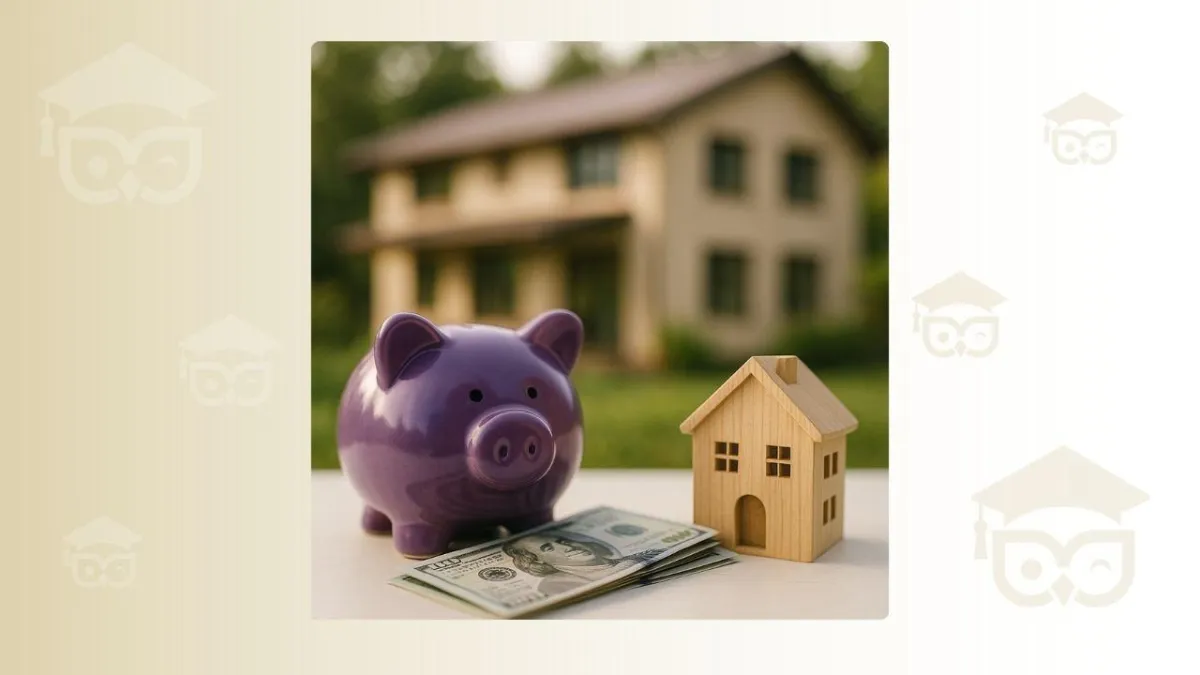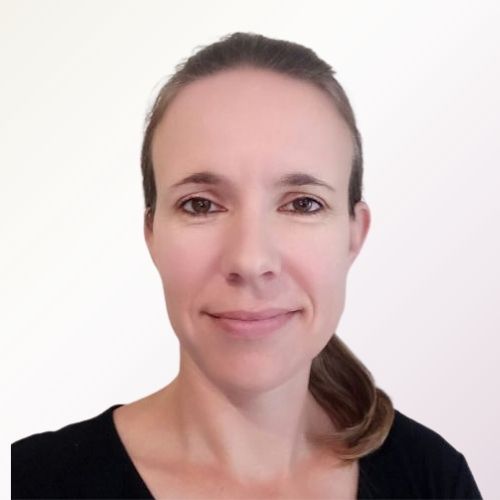
Financing Your Dream Passivhaus
Financing Your Dream Passivhaus
Making Affordability Clear to Your Clients
As designers and trades professionals, you often face a common misconception among homeowners: Passivhaus is "just too expensive." Yet, when approached strategically, Passivhaus can be surprisingly affordable. This guide will empower you to communicate the financial benefits and practical affordability of Passivhaus clearly, compellingly, and convincingly to your clients.
Choose HowYou Want to Learn:
Flexibility for different learning styles — all blocks optional, use one or all, you choose.
🎧 Listen on the Go:
Audio version for your commute
☕ Coffee Chat with Your Passivhaus HUB Mentors:
Join senior trainers Julia and Daniel as they share insider tips you won't find in textbooks. Real talk about what actually works on-site.
🎙️ Hear It From Aime & Aiden
Our AI podcast hosts break this down into bite-sized insights. Perfect for your morning walk.
Effective Ways to Communicate Value
Passivhaus homes typically carry a modest cost premium of around 7–15% compared to conventional homes. Initially, this might sound daunting to homeowners unfamiliar with the long-term financial benefits. To put this in relatable terms, consider explaining it using the "coffee-a-day" analogy: The additional cost for a Passivhaus home can often equate to the daily price of a cup of coffee—typically around $3–5 per day. When framed as a daily manageable expense rather than a large lump sum, homeowners can better visualize and accept the affordability.
Further clarity comes when illustrating Passivhaus payback in terms of long-term savings. For instance, a Passivhaus significantly reduces ongoing energy expenses by up to 90%, transforming the initial investment into tangible monthly savings. Over time, these cumulative savings more than offset the upfront cost, often within a period of 10–15 years, leaving homeowners with significantly lower household running costs and greater financial freedom long-term.
Design Decisions that Drive Passivhaus Affordability
Substantial cost savings begin in the design phase. Emphasize to your clients how compact designs, terraced housing, and intelligent site selection substantially lower Passivhaus construction costs.
Terraced housing, for example, can halve the additional costs associated with Passivhaus construction compared to freestanding designs. Likewise, choosing compact, multi-storey layouts reduces roofing and foundation area, minimizing heat loss surfaces. Illustrating these straightforward design decisions clearly positions Passivhaus as economically smart, not just environmentally friendly.
Additionally, explain that effective site selection is crucial. By advising clients early, you can steer them away from challenging sites that drive up costs, such as sloped terrains or locations with restrictive soil conditions. Early intervention in site selection ensures the economic viability of the Passivhaus project from inception.
Building Efficiency: Helping Homeowners Understand Long-Term Savings
As skilled tradespeople, your role extends beyond construction quality—it includes helping clients grasp the long-term efficiency and quality Passivhaus ensures. Clearly communicate how precise, airtight construction not only boosts energy efficiency but reduces long-term maintenance and operational costs, ultimately leading to significant savings.
By detailing specific examples—such as explaining how high-performance windows, superior insulation, and careful attention to airtightness dramatically cut energy bills—you enhance your client's understanding of the true value Passivhaus delivers. Reinforce that investing slightly more upfront significantly lowers ongoing household costs and boosts property value.
Moreover, point out additional long-term savings such as reduced HVAC system maintenance due to less reliance on heating and cooling systems and extended lifespan of construction materials, resulting in fewer replacement costs and repairs over the years.
Unlocking Financial Benefits: Green Loans & Interest Discounts
Australia offers compelling green finance options that you can present to your clients to further underscore Passivhaus affordability. One standout product is the Bank Australia Clean Energy Home Loan, specifically designed for energy-efficient homes like Passivhaus. This loan features a green loan interest rate discount, significantly reducing monthly mortgage repayments and improving overall affordability.
Explain clearly how these financial products work. A green loan typically offers interest rates 0.5%–1% lower than conventional mortgages. On a typical mortgage, this reduction can equate to savings of tens of thousands of dollars over the loan's lifespan. Illustrate a hypothetical scenario clearly: If a homeowner borrows an additional $50,000 to cover Passivhaus construction premiums, the lower interest rate provided by a green loan can offset a substantial portion of these costs. When combined with reduced energy bills, homeowners often achieve a net-positive monthly cash flow, improving both short-term affordability and long-term financial benefits.
Additionally, inform homeowners about potential rebates or governmental incentives available for sustainable builds, further enhancing financial attractiveness. Your detailed financial insights will strengthen homeowner confidence and significantly increase project acceptance rates.
Demonstrating Passivhaus ROI through Accurate Cost Modelling
Detailed financial modelling using the Passive House Planning Package (PHPP) is invaluable for demonstrating precise return on investment (ROI). Use PHPP cost modelling to present transparent, data-driven analyses to homeowners, effectively illustrating how initial investments are quickly offset by substantial reductions in monthly energy bills.
Provide your clients with straightforward, easy-to-understand cost breakdowns showing monthly expenses, annual savings, and payback periods. For example, present clearly illustrated scenarios comparing Passivhaus builds with traditional homes, highlighting how reduced energy bills quickly add up to significant annual savings. Show detailed examples such as energy bills decreasing from $3,000 annually in conventional homes to approximately $300 in Passivhaus homes, clearly visualizing how rapidly homeowners recoup their investment.
Additionally, emphasize that accurate cost modelling allows homeowners to clearly see the long-term benefits and value of their investment. Explain how this transparency helps eliminate uncertainty and apprehension, making homeowners comfortable with and confident in their decision to build a Passivhaus home.
Conclusion
Your ability as professionals to communicate effectively and confidently is key to dispelling myths around Passivhaus affordability. By demonstrating smart design decisions, clear build efficiencies, strategic financial incentives, and precise ROI calculations, you empower homeowners to see Passivhaus not just as affordable, but as financially savvy.
Take this opportunity to educate your clients. When you clearly outline the affordability, comfort, health, and long-term savings associated with Passivhaus homes, you position yourselves not just as experts, but as trusted advisors helping families realize their sustainable dream homes.
